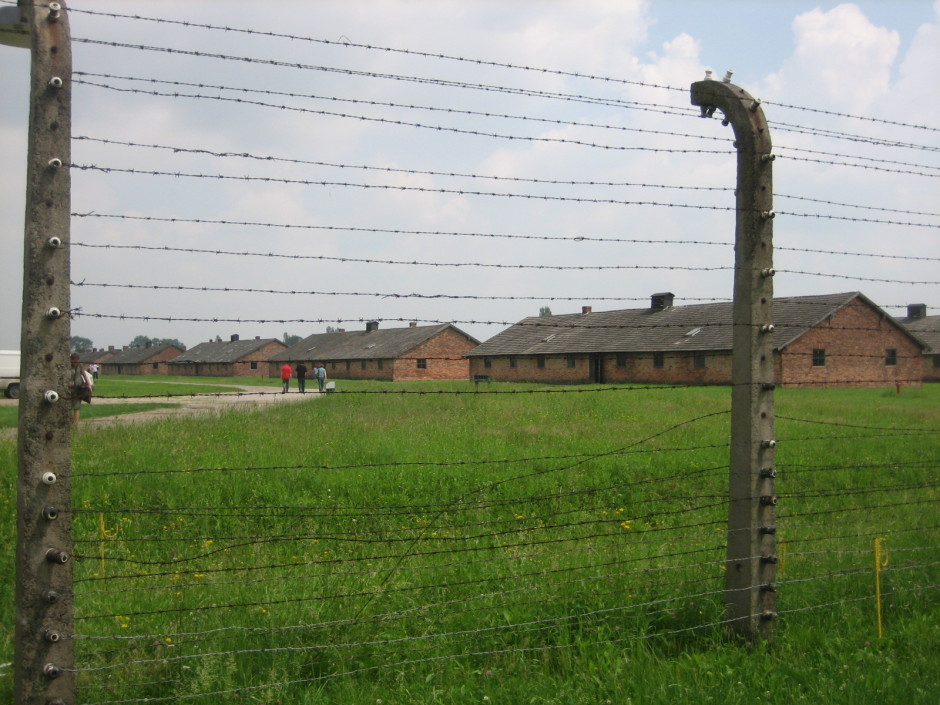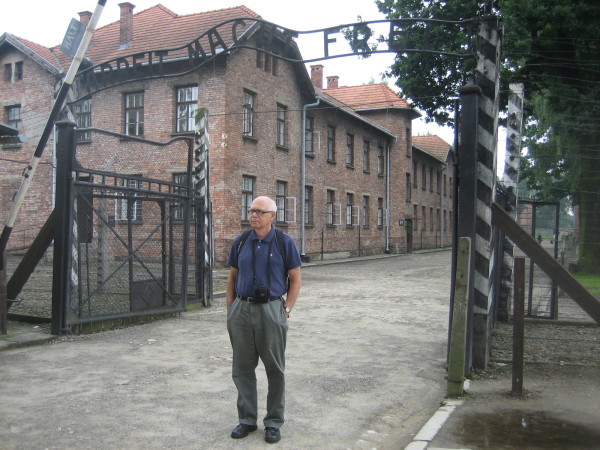
Seventy years ago today, January 27, the Red Army liberated Auschwitz-Birkenau, the Nazi concentration camp in southern Poland. Seven decades on, it remains an enduring and searing symbol of unimaginable cruelty and depravity.
At the Auschwitz-Birkenau State Museum on the grounds of the camp, where 1.1 million people perished, the full magnitude of Nazi crimes against humanity unfolds in horrific detail.
As I wandered through it a few years ago, I was struck by one of the exhibits: a broken, decapitated child’s doll, resting on purple sheets inside a glass case containing children’s clothes, socks and shoes.
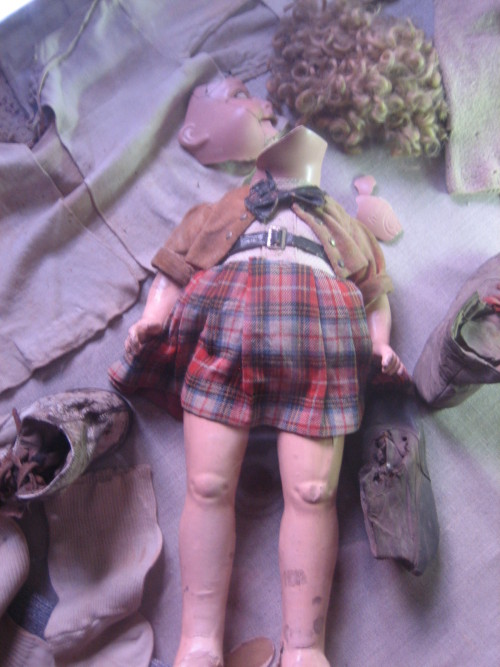
Around the doll’s neck was a slightly askew black bow tie. A black belt with a silver buckle was cinched around its tiny waist. Part of its head was in plain sight, lying discarded on one side. A wig and a portion of its scalp could be seen on the other side.
Of all the heart-rending sights I came upon here, this one had the greatest effect on me.
A simple doll whose provenance may never be known.
As the father of two grown daughters, Mia and Lauren, I was struck by this forsaken doll, which probably belonged to a Jewish girl who never left Auschwitz.
The name of this Jewish child who clutched this doll before she was ruthlessly murdered was not documented. She’s a statistic, one of the more than one million Jewish children devoured by the Holocaust.
As I gazed at the doll, I asked myself some questions: Who was this child who once held this doll? How old was she? What was the color of her eyes and hair? Where did she come from? When did she arrive in this diabolical place? What were her hopes and dreams? What were her last thoughts and words as she was, perhaps, herded into the gas chamber.
Contemplating her fate, my mind raced back to my own family history.
In the summer of 1944, after the Lodz ghetto had been liquidated, my mother, her seven-year-old son — the older brother I never knew — and her second husband-to-be, my father, were transported to Auschwitz.
Since that black moment, not a single day has passed without this image having flashed before her eyes.
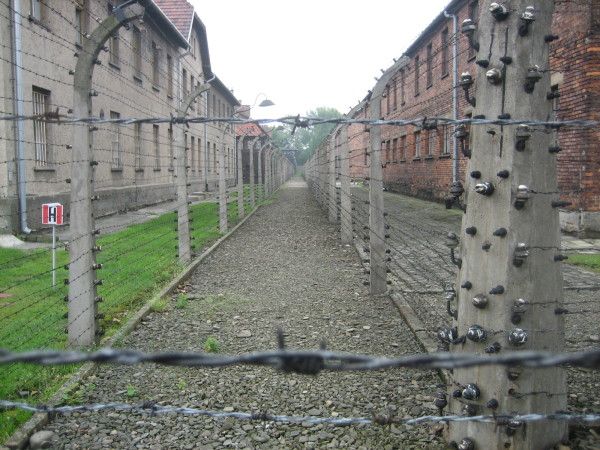
After tearing myself away from that doll, I saw more artifacts of the detritus of death. A field of eye glasses and prosthetics. A dozen prayer shawls, hung out like so much laundry. Kitchen ware, mainly pots and pans. A jumble of suitcases, the names of their owners stencilled in neat letters. A mountain of shoes. A sea of shoe polish, brushes, combs, creams and cosmetics.
Moving along, I came upon stark photographs of Jews arriving at Auschwitz. A map of Europe with lines converging on Auschwitz, the northernmost line starting in Oslo and the southernmost one ending at the Greek island of Rhodes. Empty canisters of Zyklon-B, the cyanide poison that was developed, ironically, by Fritz Haber, a German-Jewish chemist who won the 1918 Nobel Prize, A lumpy mound of hair, shorn from some 40,000 people. Registration cards and photographs of newly arrived inmates.
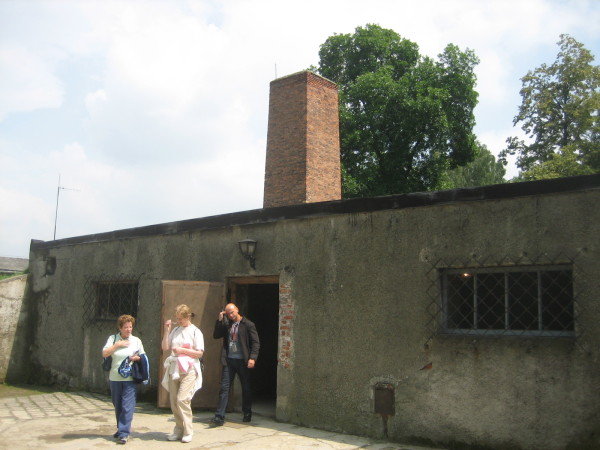
The gas chamber, with its chimney poking into the sky, looked deceptively innocuous until my guide, Pawel Sawicki, pointed to the four vents on the roof from which white Zyklon-B pellets were poured.
We stepped into a car and drove a few kilometres to Birkenau, the vast extermination center adjacent to the peaceful village of Brzezinka.
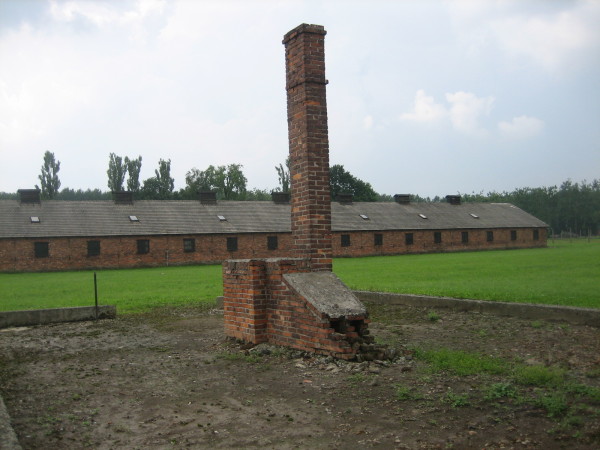
Birkenau, with its maze of wooden barracks and ruins of crematoria, is nothing less than surreal, an open-air museum documenting the dark underbelly of human nature.
With the Red Army advancing on the camp in the winter of 1945, the Nazis dynamited the crematoria. They are now a heap of blasted bricks, ashen rocks and twisted metal, testaments of astonishingly warped minds.
Next to a shattered crematorium was a small pond, which, I was told, is still saturated with human ashes. Pensive visitors crowded around it. I bent down, spying white specks on the ground. My guide said they were hard-packed human remains.
The wooded area bordering the crematoria looked like a well-tended nature reserve. Walking along a path opposite long abandoned and crumbling sewage plants, I heard the chirping of birds. The sweet sounds were incongruous, totally at odds with the unprecedented crimes perpetrated here.
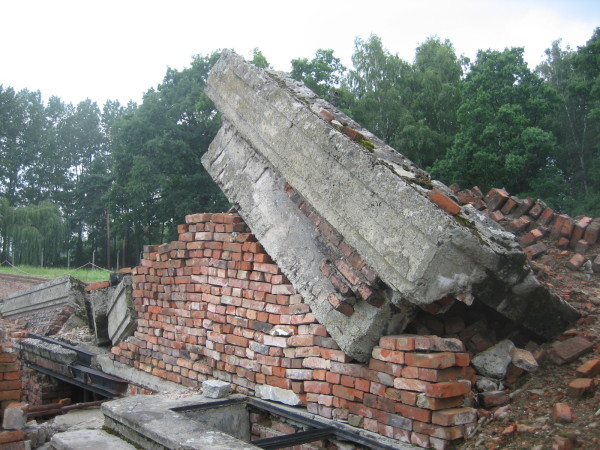
Beyond the sewage plants, amid a line of trees, was “Canada,” the network of warehouses to which the belongings of the mainly Jewish victims were consigned. With the war coming to an end, the Nazis set fire to “Canada,” leaving only the foundations.
I went into a barrack where hapless inmates lived. Its three-tier bunk beds accommodated as many as 700 people at a time. The overpowering whiff of disinfectant and varnish impregnated the air.
Trudging back to the car, I paused at the infamous railway ramp where the capricious selections of Jews had taken place. Hard as it was to grasp, the fate of my older brother was coldly determined at this very spot.
